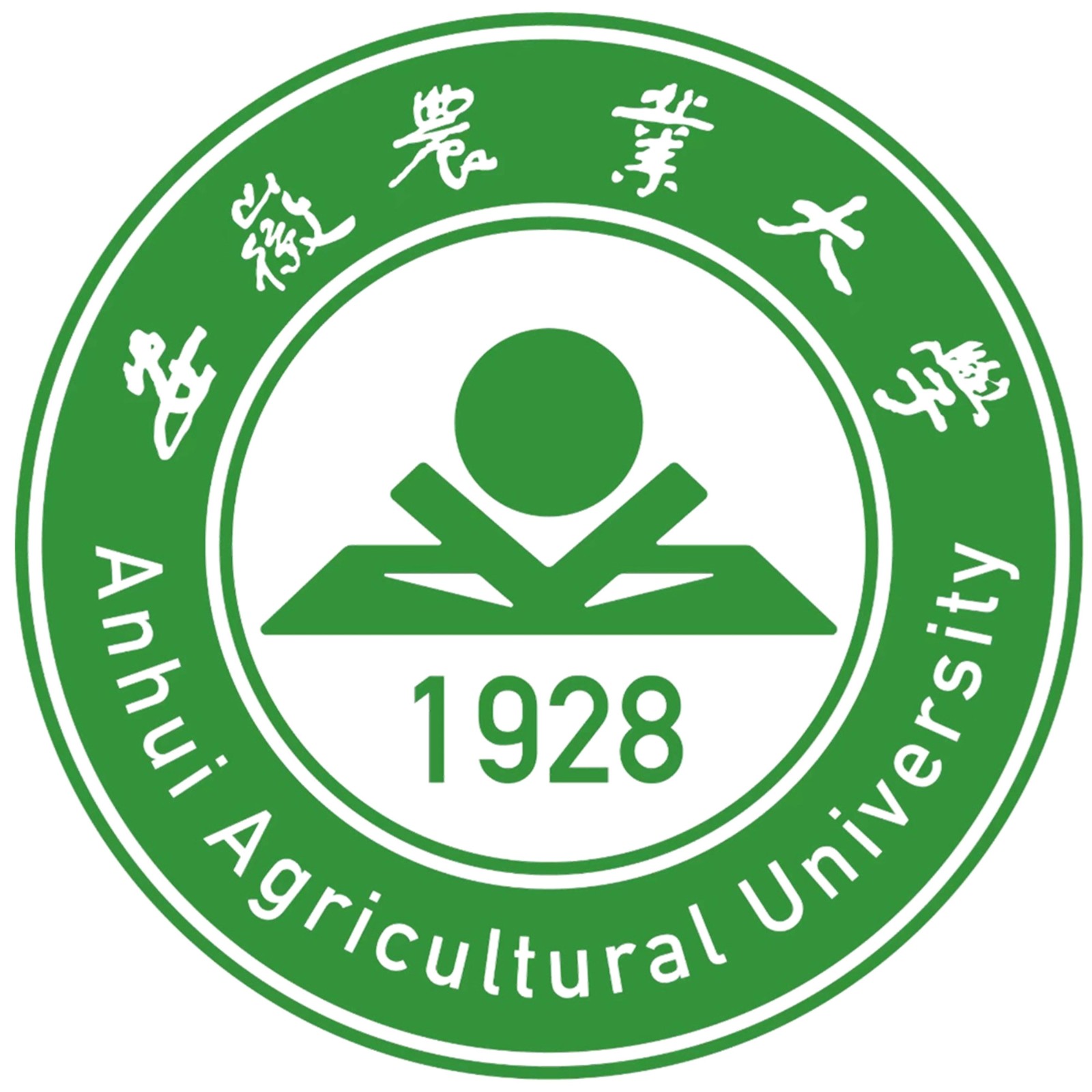Title: Cellulose Surface Nanoengineering for Visualizing Food Safety
Authors: Zewan Lin, Xiaotong Fu, Ke Zheng*, Shaobo Han*, Chaoji Chen, Dongdong Ye*
Link: Cellulose Surface Nanoengineering for Visualizing Food Safety | Nano Letters (acs.org)
食品安全对人类健康至关重要,因此需要开发非破坏性、便捷且高度敏感的方法来检测有害物质。本研究通过整合纤维素溶解、定向再生、原位纳米颗粒合成和结构重构,创造出柔性、透明、可定制且具有纳米皱纹的纤维素/银纳米颗粒膜(NWCM-Ag)。这些三维纳米皱纹结构显著增强了膜表面金属纳米颗粒的空间电磁耦合效应,为食品中农药的痕量检测提供了高达2.3 × 108的表面增强拉曼散射(SERS)增强因子。特别地,通过拉曼成像技术可视化了苹果皮和果肉层中农药的分布,证实了农药穿透果皮层进入果肉层(约30微米深度)。因此,仅通过简单清洗无法避免水果中农药的摄入风险,剥皮是必要的。本研究为设计纳米皱纹结构和拓展纤维素在食品安全领域的应用提供了新思路,通过得到29家国外媒体的报道。
Food safety is vital to human health, necessitating the development of non-destructive, convenient, and highly sensitive methods for detecting harmful substances. This study integrates cellulose dissolution, aligned regeneration, in-situ nanoparticle synthesis, and structural reconstitution to create flexible, transparent, customizable, and nanowrinkled cellulose/Ag nanoparticle membranes (NWCM-Ag). These three-dimensional nanowrinkled structures considerably improve the spatial-electromagnetic-coupling effect of metal nanoparticles on the membrane surface, providing a 2.3 × 108 enhancement factor for surface-enhanced Raman scattering (SERS) effect for trace detection of pesticides in foods. Notably, the distribution of pesticides in apple peel and pulp layers is visualized through Raman imaging, confirming that the pesticides penetrate the peel layer into the pulp layer (~30 μm depth). Thus, the risk of pesticide ingestion from fruits cannot be avoided by simple washing other than peeling. This study provides a new idea for designing nanowrinkled structures and broadening cellulose utilization in food safety.
本工作得到武汉大学陈朝吉教授的重要指导!

